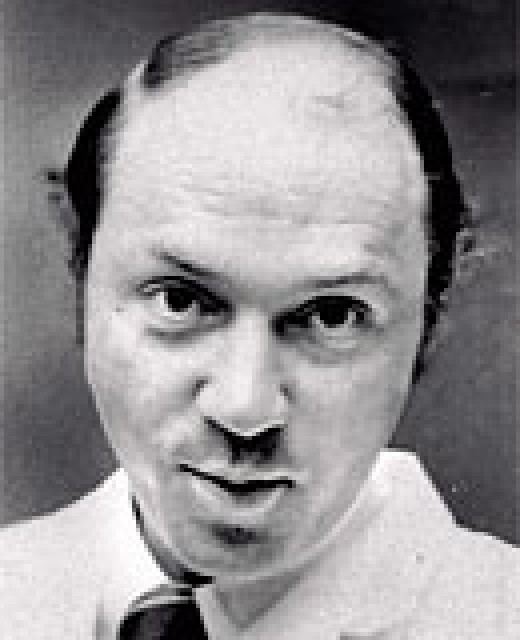Name William Summerlin | Education Emory University | |
 | ||
William T. Summerlin (born 1938) is a dermatologist who, as a medical researcher, perpetrated a notorious scientific fraud.

The case
In 1974, Summerlin was working under immunologist Robert A. Good at Memorial Sloan-Kettering Cancer Center in New York City, conducting research in transplantation immunology. He claimed to have shown that success of skin transplants between genetically unrelated animals was enhanced by culturing the skin in special medium for several weeks. If so, the work had major implications as a means to suppress immunological rejection of transplanted tissues. However, his own and others' attempts to reproduce his original results failed.
The experimental method involved transplantation of skin from black mice (with black melanocyte pigment cells) to white mice (without melanocytes). Over time, the melanoctyes would naturally tend to migrate out of the transplanted tissue, so as to produce a grayish patch rather than a distinctly black patch.
In the incident that became notorious, Summerlin was called to a meeting with Good, and took with him the single experimental animal that was the best evidence of transplant success. Noting that the patch had "grayed", Summerlin by his own subsequent admission darkened it with a black permanent marker. The mouse was not produced at the meeting with Good. Summerlin's action was discovered when he returned the mouse to animal care technicians, who immediately noticed that the patch could be removed with alcohol. Senior staff and Dr. Good were notified within minutes.
In the subsequent investigation, it became apparent that the original transplantation experiments were poorly controlled, and that other experiments from Summerlin's lab at Sloan-Kettering were misrepresented in reports and to colleagues. The mouse at the center of the controversy involved transplantation between two genetically similar strains, and hence had a conventional explanation. All of Summerlin's transplant work was ultimately withdrawn as shoddy.
Summerlin later attributed his deceptive behavior to a combination of mental and physical exhaustion, a heavy clinical and experimental workload, and pressure to publicize positive results. Memorial Sloan-Kettering President Dr. Lewis Thomas said that Dr. Summerlin was suffering from a "serious emotional disturbance". After the incident, Summerlin reportedly moved to rural Louisiana to practice medicine.
As a result of the Summerlin incident, the term "painting the mice" has become a synonym for research fraud. Author Joseph Hixson wrote a book about the scandal entitled The Patchwork Mouse.
